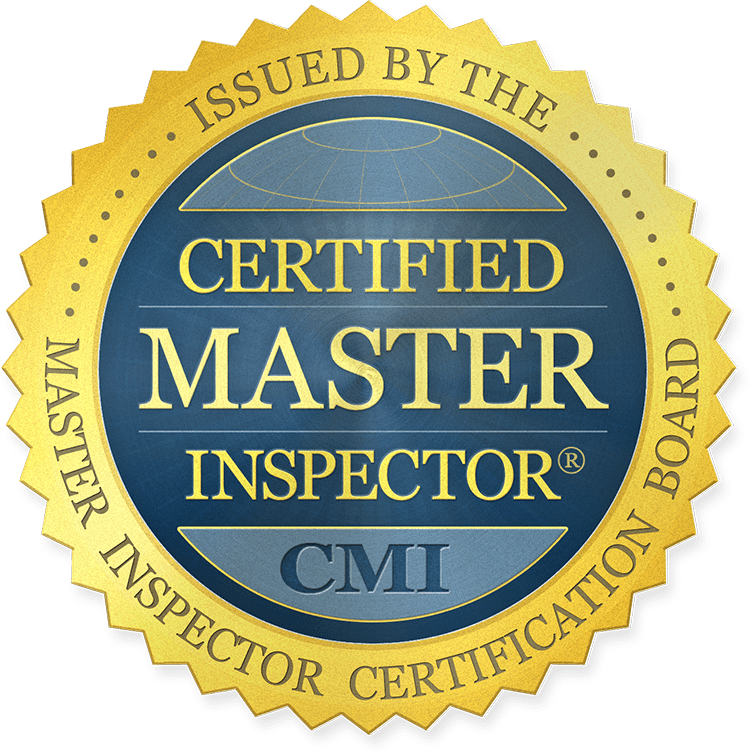"Accurate Investment Protection You Can Trust"
That is the tag line for Selman Home Inspections, Inc. Here is what it means to us;
If you are buyig a house, you're about to invest your hard earned dollars in a property you know very little about for years to come. If you are selling a house, you want as much information as possible to put the marketing advantages back in your hands. If you are a Realtor, we understand that it is your reputation on the line.
Choosing an experienced home inspection company is a critical step and should not be taken lightly. Selman Home Inspections provides the experience and high quality professional reports important for decision making.
Our Professional Home Inspectors perform no more than two inspections per day to ensure adequate time to investigate the subject property thoroughly and provide an onsite presentation of the findings. Our typical time on site ranges from 2.5 to 4 hours depending, on the size, age and condition of the property and time needed to answer any questions you may have. Every home is inspected with precision and detail using our specialized three pass process.
I will be honest right up front; we are not the cheapest inspectors. If price is the only concern, we are likely not the right inspection company for you. With the value of your investment in a home in mind, the last thing you want to do is choose an inspector based on the inspection cost. The old adage, "you get what you pay for" is true. Just like your family doctor, quality, knowledge, experience and service matter when making life changing decisions. Your choice of a home inspection company should be based on research, referrals, trust and confidence.
Led by NACHI Certified Master Home Inspector, David Selman, our team has the qualifications, experience, education, technology and equipment needed to perform every home inspection thoroughly and professionally. The real estate and home inspection industry is our life's passion and safeguarding your family's safety and financial investment is our top priority.
Our clients are provided with unbiased, impartial professional home inspection reports which include photos, recommendations, priortized summary and many other benifits. Experience is key. Rest assured if you lend us 5% of your trust, I am confident that we will earn the other 95%. If you are buying or selling a house, we want to be your professional home inspectors every time you move. If you're a Realtor, we want to be at the top of your referral list. And, we will work hard to retain that trust.
We are here to answer questions about your home and provide advice anytime you need it, before, during and after your inspection. Learn more about What We Inspect and why we encourage our clients to be present. Along with a detailed, comprehensive report, we also offer additional services that go farther to reduce risk and protect your family investment including;
Termite Reports (WDI)
Thermal Imaging Reports
Septic System Reports
Your professionally finished home inspection report and onsite presentation is how we provide Risk Management and "Accurate Investment Protection You Can Trust".
If you have additional questions about home inspections, our services or would like to schedule an inspection, contact your Professional Dallas Home Inspections Company today.
David Selman, CMI
TREC #10299
FHA/HUD #F537
Septic #113423
TDA #660910
Instructor #881358688
Rickey Free, CPI
TREC #20804
Septic #12438
TDA #0699871
TDA #0699871







 Proper maintenance, repair and upgrades to your fireplace and chimney are an important part of protecting your family, the home itself and the contents. Many house fires are caused by defects, inadequate construction and improper maintenance of fireplaces and chimneys.
Proper maintenance, repair and upgrades to your fireplace and chimney are an important part of protecting your family, the home itself and the contents. Many house fires are caused by defects, inadequate construction and improper maintenance of fireplaces and chimneys.





